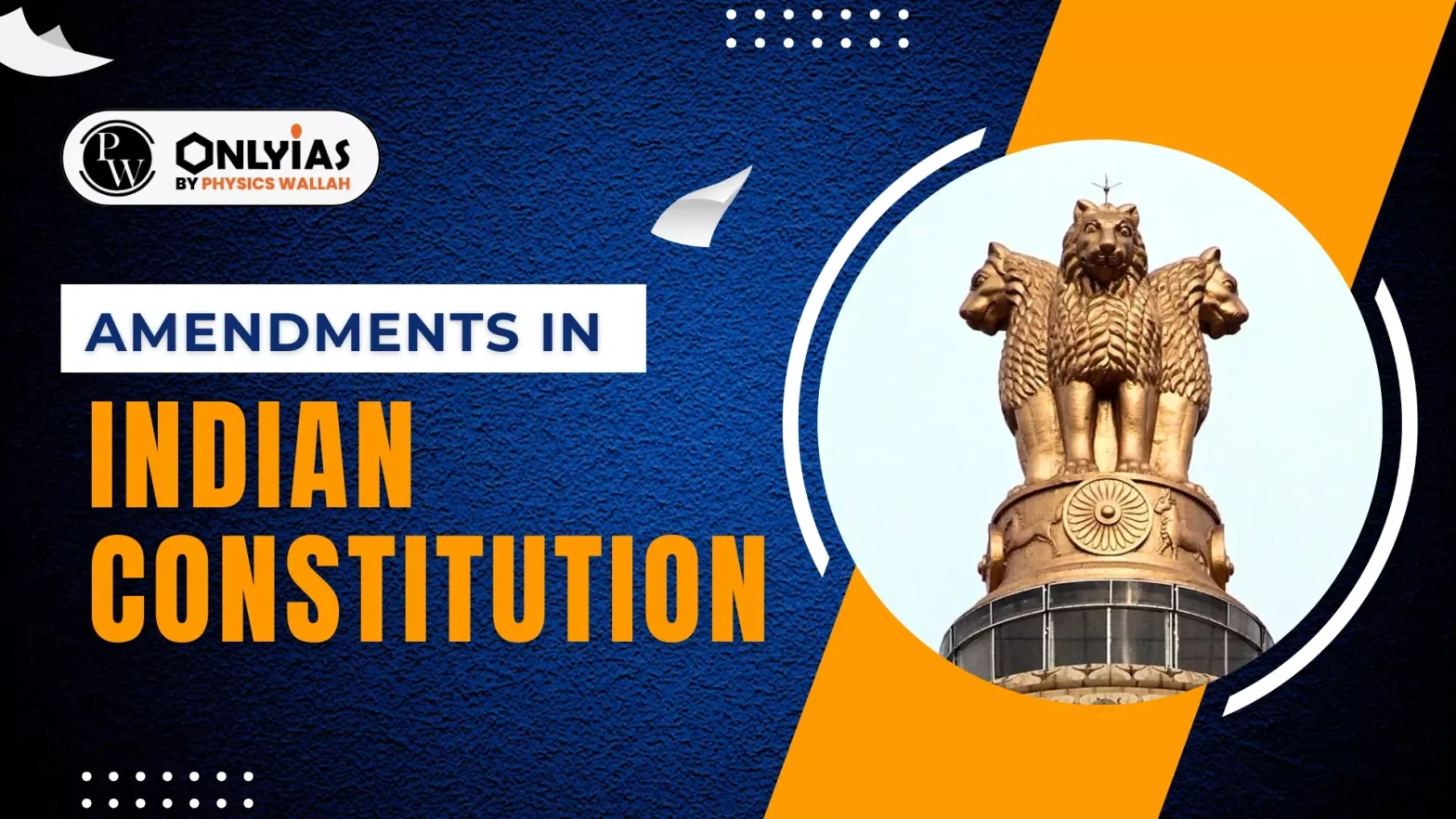The Women’s Reservation Bill has had a long and challenging journey since its introduction. It was first introduced in 1996 and later in 1998, 1999, and 2008 in both Parliament and various state assemblies. However, the bill lapsed several times due to the dissolution of the Lok Sabha. In 2008, it was passed in the Rajya Sabha but failed to pass in the Lok Sabha. Finally, in 2023, the Women’s Reservation Bill, also known as the Nari Shakti Vandan Adhiniyam, gained strong support from both houses. The bill ensures one-third reservation for women in the Lok Sabha, state assemblies, and Delhi Assembly, effective after the next census and delimitation.

 GS Foundation
GS Foundation Optional Course
Optional Course Combo Courses
Combo Courses Degree Program
Degree Program
















